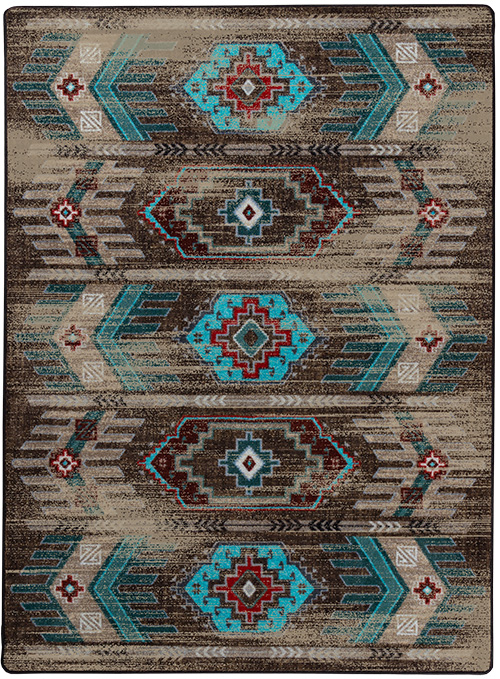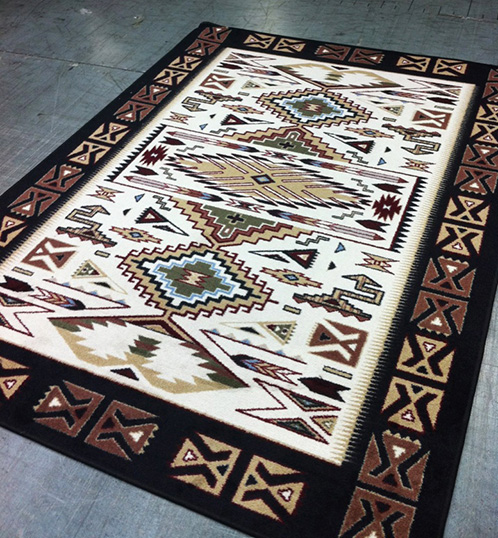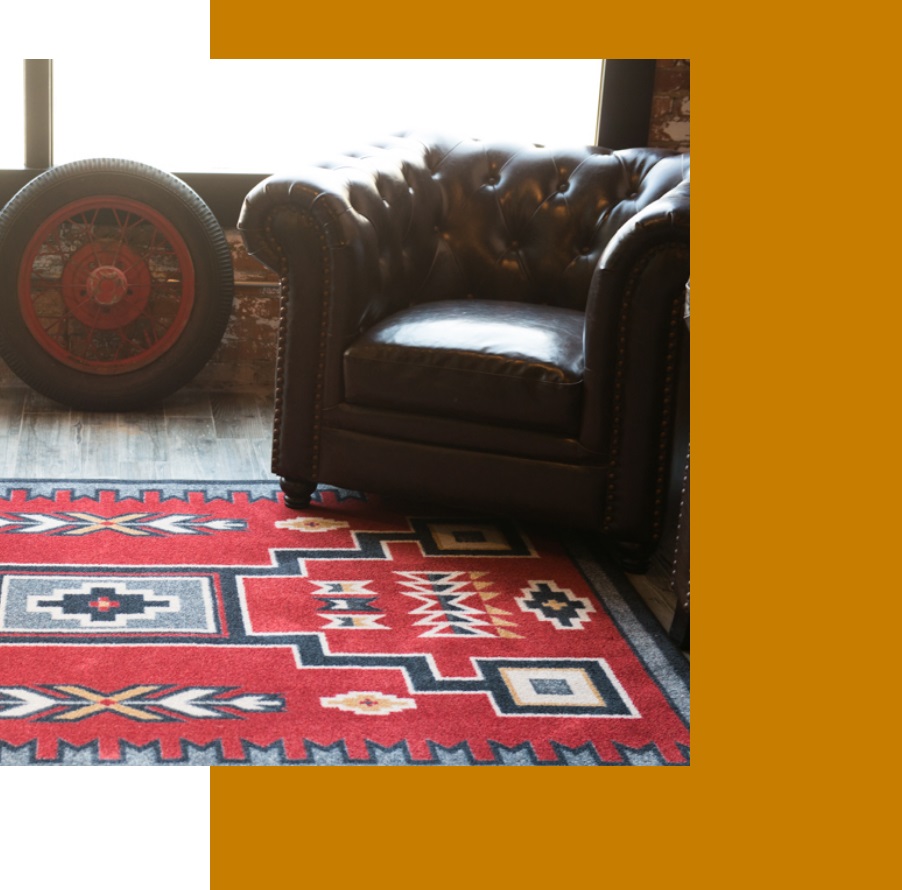
mts sr native american rugs sims 4
The process of weaving, to the Navajo, is a spiritual one. Each weaver puts her (or occasionally, his) soul and creative energy into the weaving of a rug. Though it may have a characteristic regional design, it will be the interpretation of the weaver that will make that rug its own enduring piece of art. While basic knowledge of regional characteristics is useful in the study of Navajo rug ID, in the Navajo nation today a rug with a regional name such as Two Grey Hills may have actually been woven by a weaver from a completely different region.


